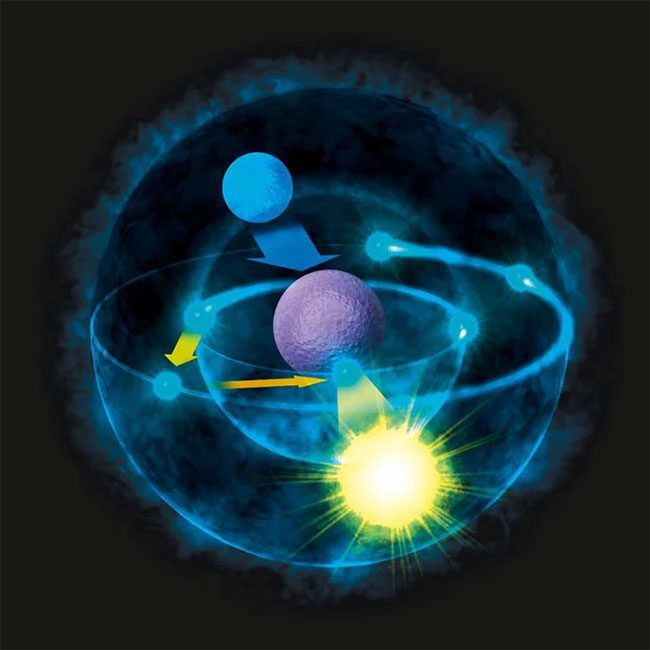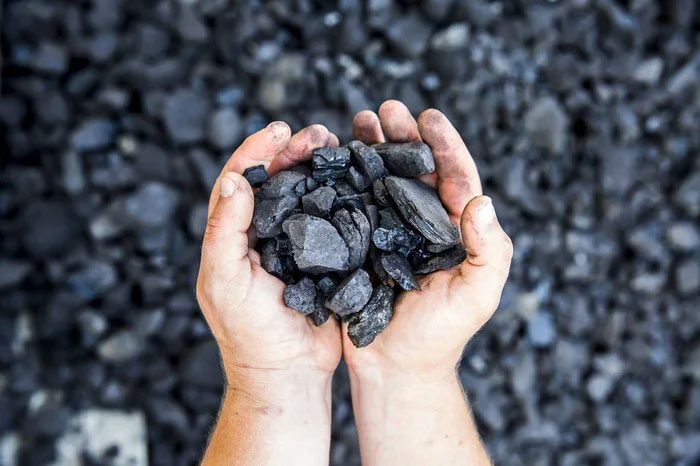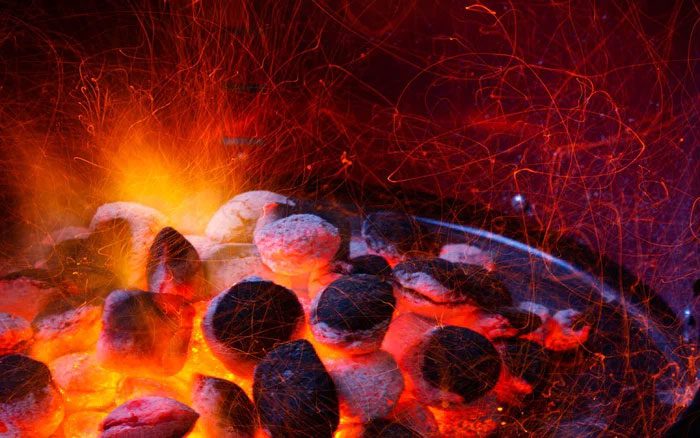In our daily lives, we often encounter situations where certain materials seem to disappear, such as coal being burned down to a pile of ashes. So, what is this process of “disappearance”?
Law of Conservation of Mass
The law of conservation of mass states that the amount of mass in any closed system remains constant. This law means that matter cannot be created or destroyed spontaneously. In other words, the matter in nature is always unchanged, but it can transform between different forms.
According to the “Law of Conservation of Mass,” matter does not simply vanish. Instead, it transforms into other forms.
For example, in a chemical reaction, the formation and breaking of chemical bonds cause a rearrangement of the chemicals involved, but the total mass remains unchanged.

In physics, conservation laws state that physical quantities in a closed system remain unchanged through different processes or interactions.
Similarly, in nature, substances do not disappear; they transform into other forms through chemical and physical changes. For instance, water can evaporate into vapor, but the number of water molecules remains unchanged, even though the state changes. Thus, the law of conservation of mass is one of the fundamental laws in nature.
At this point, one might wonder, if I eat a plate of cooked rice, how does the substance in the rice not disappear?
In reality, the components of the meal do not vanish; they are absorbed by our bodies and utilized during digestion, transforming into nutrients, gases, and liquids essential for the human body. Ultimately, the remaining substances will be excreted in various forms. Throughout this process, the quantity of raw rice remains unchanged.
Why does burning 10 pounds of coal leave only 1 pound of ash? Where does the coal go?

Coal is widely used in industries such as textiles, food processing, and electricity generation…
During the combustion of coal, it gradually undergoes oxidation, losing chemical bond energy and releasing heat energy.
The hydrogen in coal combines with oxygen to form water vapor, while carbon combines with oxygen to produce carbon dioxide. Sulfur and other impurities in coal also generate various compounds during combustion. The total amount of these compounds is invariant relative to the mass of coal.

In nature, matter does not disappear; it merely transforms from one form to another. This is due to the existence of the law of conservation. During the combustion of coal, carbon, hydrogen, and other elements do not vanish; they are merely released into the atmosphere in gaseous forms while simultaneously releasing a significant amount of thermal energy.
After the coal is completely burned, only a pile of ash remains. In fact, this ash consists of impurities in the coal, such as minerals and metal elements. These impurities are separated at high temperatures during the combustion process to form a substance resembling ash.
Thus, the presence of only a pile of ash after coal burns does not mean that the substance of the coal has disappeared.
In reality, elements like carbon and hydrogen in coal still exist during combustion; they simply transform into gaseous substances like carbon dioxide and water, with a portion of thermal energy being released into the air.

After the coal burns, only a pile of ash remains, which is actually formed due to the separation of impurities in coal at high temperatures. This gives us a relatively visual example illustrating the transformation of matter in nature and the importance of the law of conservation of mass.
|
Chemical Composition of Coal Fuel
Organic and mineral sulfur can participate in the combustion process, known as combustible sulfur (Sc). Conversely, sulfate sulfur typically exists as CaSO4, MgSO4, FeSO4, etc. These bonds do not participate in combustion but rather convert into ash from the fuel. They melt into slag, which is also the reason for the formation of slag. Thus, to prevent slag formation, we must choose coal with a low sulfur content. The calorific value of sulfur is about one-third that of carbon. When burned, sulfur produces SO2 or SO3 gases. When encountering water vapor, SO3 easily dissolves to form H2SO4 acid, which can corrode metals. The emitted SO2 gas has a very unpleasant odor and is hazardous. Thus, even visually, one can determine whether the coal has a high or low sulfur content. Oxygen and Nitrogen are inert substances in solid and liquid fuels. The presence of oxygen and nitrogen reduces the combustible component of the fuel, thereby decreasing its calorific value. The younger the fuel, the more oxygen it contains. When burning fuel, nitrogen does not participate in combustion and instead turns into a free form in the smoke. |





















































